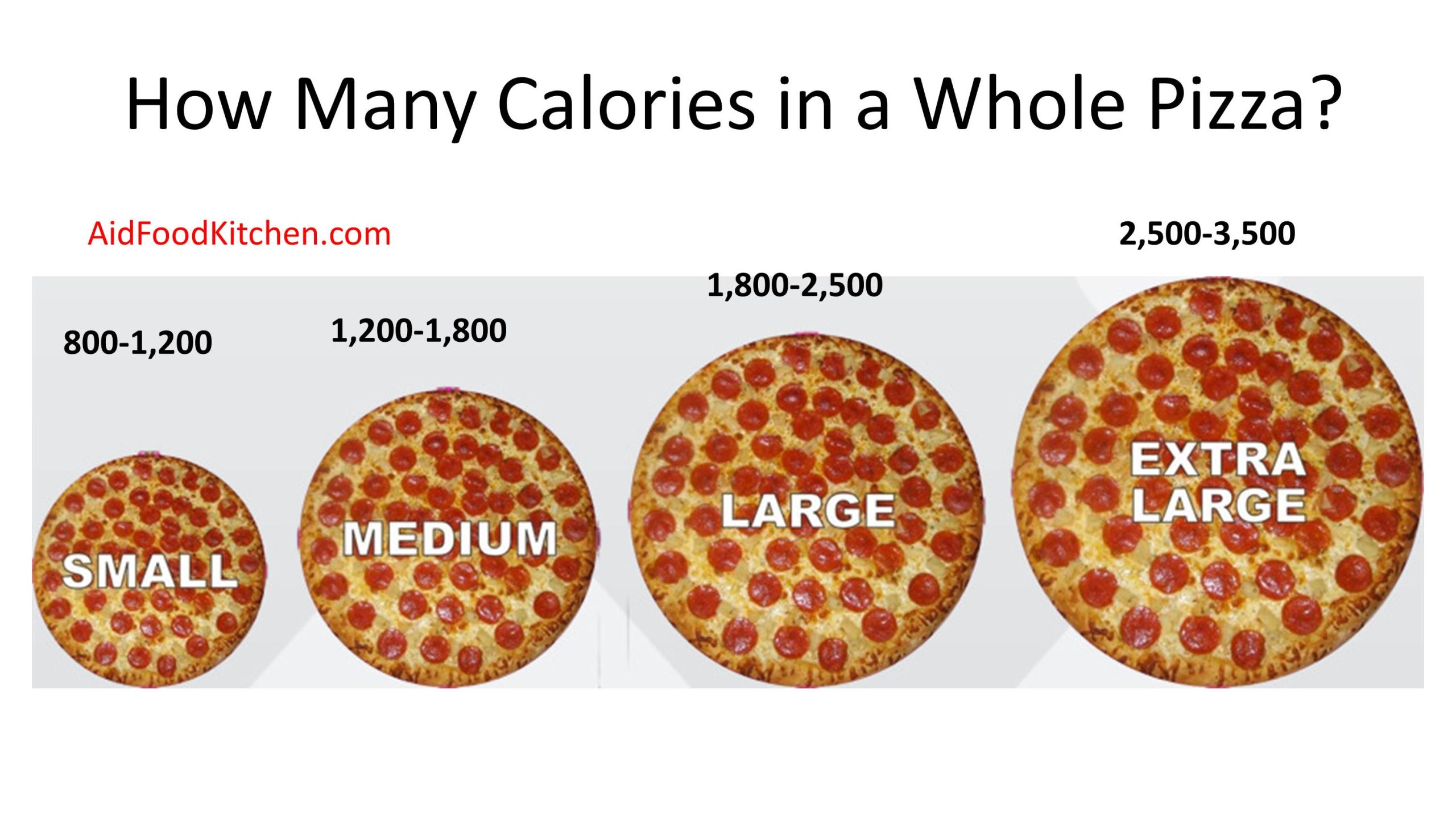In gastronomy, a timeless creation has conquered the hearts and taste buds of people across the globe – the mighty pizza. So prepare to embark on a journey filled with tantalizing flavors and an irresistible combination of ingredients that will undoubtedly leave you craving more.
Pizza, originating from the vibrant streets of Naples, Italy, has transcended cultural boundaries to become an international sensation. Its circular, doughy base is a canvas for a culinary masterpiece, with endless possibilities for toppings and flavor combinations. From the classic Margherita adorned with tangy tomato sauce, creamy mozzarella, and fragrant basil leaves to the adventurous and bold creations that push the boundaries of traditional taste, pizza caters to every palate.
While pizza is undeniably delicious, it’s worth noting that it can vary in calorie content depending on the toppings and crust thickness. The calorie count of a pizza slice can range from moderate to high, so it’s essential to be mindful of portion sizes. Opting for lighter toppings such as vegetables and lean proteins can help make pizza a more calorie-conscious choice. However, occasionally indulging in a slice or two of your favorite pizza can still be part of a balanced diet.
How Many Calories in a Whole Pizza?
- Small pizza (8-10 inches): Approximately 800-1,200 calories
- Medium pizza (12 inches): Approximately 1,200-1,800 calories
- Large pizza (14-16 inches): Approximately 1,800-2,500 calories
- Extra-large pizza (18-20 inches): Approximately 2,500-3,500 calories

Please note that these calorie ranges are estimates and can vary based on the type of crust, sauce, cheese, and toppings used in the pizza. It’s always recommended to check with the specific pizza restaurant or refer to the nutritional information provided by the pizza establishment for more accurate calorie counts.
The ingredients contributing the most calories to a pizza can vary depending on the toppings and crust used. However, there are a few key ingredients that tend to be higher in calories, and understanding why can help shed light on their impact:
- Cheese: Cheese is a primary source of calories in pizza. It’s rich in fat and protein, which adds flavor and texture. Mozzarella, the most common cheese used, is known for its reliability and creamy taste. While cheese provides essential nutrients, it is also calorie-dense. Its high-fat content contributes to its calorie count. Different types of cheese, such as cheddar or Parmesan, may have varying calorie levels.
- Meat toppings: Popular meat toppings like pepperoni, sausage, bacon, and ham are flavorful but can significantly increase the calorie content. These meats are often processed and can contain saturated fats and sodium. Additionally, they contribute to the overall protein content of the pizza. While protein is essential, portion sizes and moderation are worth considering due to the higher calorie density.
- Thick or deep-dish crust: The crust is the foundation of the pizza, and thicker or deep-dish crusts tend to have more calories than thinner crusts. Thick crusts often require more dough, which means more carbohydrates and calories. They may also be enriched with fats or oils to enhance texture and taste.
- Sauces and oils: Tomato sauce, often used as a base, is lower in calories than other ingredients. However, additional oils or butter brushed on the crust can contribute extra calories. Garlic butter, for example, is sometimes applied to the crust to add flavor and richness.
- Sweet or sugary toppings: Some pizza varieties incorporate sweet or sugary ingredients such as pineapple, barbecue sauce, or sweet glazes. While these toppings add a unique flavor profile, they also introduce extra calories, particularly added sugars.
Pizza can be enjoyed as part of a balanced diet and lifestyle, even with higher-calorie ingredients. Moderation, portion control, and choosing healthier alternatives like whole wheat crust, lean protein toppings, and plenty of vegetables can help make pizza a satisfying and less calorically dense option.
Meat Lover’s Pizza Calories
Extra-large Meat Lover’s Pizza can contain approximately 3,500 to 4,500 calories for the whole pizza. The calorie content can vary depending on the specific brand, recipe, and crust thickness.

One of the pizzas known for having a substantial amount of calories is the “Meat Lover’s Pizza.” As the name suggests, this pizza is a carnivorous delight, featuring an abundance of various meat toppings. While there is no specific pizza with an official title as the one with the absolute highest calorie count, the Meat Lover’s Pizza often stands out due to its combination of high-calorie ingredients.
The Meat Lover’s Pizza typically includes toppings such as pepperoni, sausage, bacon, and sometimes other meats like ham or beef. These toppings are flavorful but can be high in saturated fat, sodium, and calories. In addition, the rich and savory taste of the meats is often complemented by a generous layer of melted cheese, typically mozzarella, which further adds to the calorie content.
In addition to the meat and cheese, the crust of the Meat Lover’s Pizza can also contribute to its calorie count. If the pizza has a thick or deep-dish crust, it may contain more carbohydrates and calories compared to thinner crust options.
The exact calorie count of a Meat Lover’s Pizza can vary depending on factors such as the size of the pizza, the specific brand or restaurant preparing it, and the particular recipe used. Additionally, different restaurants may have Meat Lover’s Pizza variations with varying ingredient combinations.
While the Meat Lover’s Pizza may be indulgent and higher in calories, it’s worth remembering that enjoying such a pizza occasionally can still be a part of a balanced diet. Moderation, portion control, and balancing it with healthier choices throughout the day can help maintain a well-rounded approach to nutrition.
- How Many Tablespoons is One Clove of Garlic? - June 26, 2024
- How to Measure 3/4 Cup When You Don’t Have the Right Measuring Cup? - June 6, 2024
- How Much Does Cooked Pasta Weight Compare To Dry? - April 30, 2024
